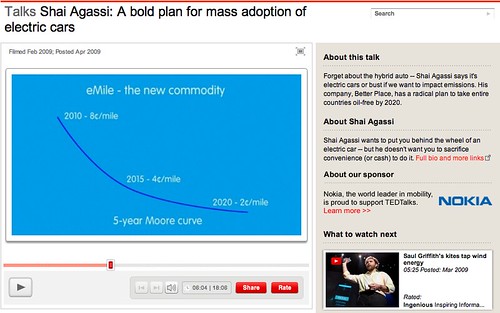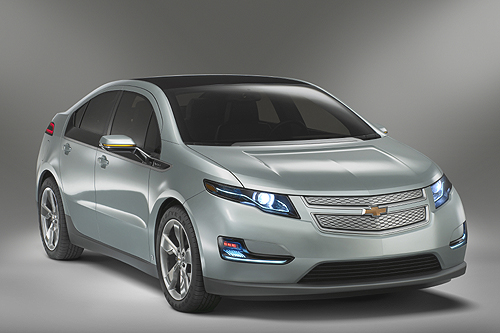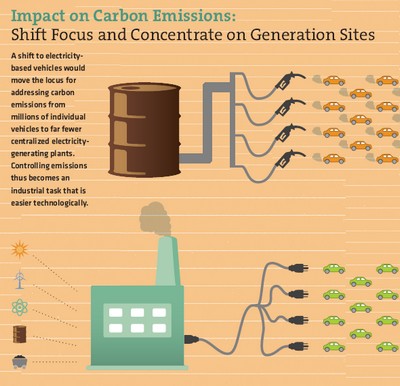Here is the chatstream from yesterday’s Energy & Sustainability show (above) – there were a couple of technical hitches which I have now sorted out and which shouldn’t present problems next week:
03:31 Tom Raftery: Do we have audio & video
03:32 cgarvey: yup, both working
03:34 SukiFuller: I’m gonna be listening but not able to type
03:35 Tom Raftery: http://www.upi.com/Energy_Resources/2009/06/15/Global-warming-causing-mass-migration/UPI-51151245080561
03:37 Tom Raftery: http://www.scientificamerican.com/article.cfm?id=the-peril-below-the-ice
03:39 Tom Raftery: http://www.reuters.com/article/worldNews/idUSTRE55M0XT20090623
03:40 Tom Raftery: http://www.scientificamerican.com/article.cfm?id=car-exhaust-premature-birth
03:43 MikeTheBee: In more ways than one!
03:44 Tom Raftery: http://www.energyefficiencynews.com/policy/i/2193/
03:45 Doc_Manhattan: Hello Tom great show so far
03:46 Tom Raftery: http://www.nytimes.com/2009/06/29/business/energy-environment/29biofuel.html?_r=2
03:47 Tom Raftery: http://www.algasolrenewables.com/en/home
03:49 Doc_Manhattan: too cool on the algae
03:49 Tom Raftery: http://www.technologyreview.com/blog/energy/23753/
03:49 cgarvey: More good news .. http://url.ie/1xmu .. all the big mobile phone companies have signed up for a common charger standard to start to appear from 2010.
03:51 Tom Raftery: http://www.ecofriend.org/entry/eco-cars-us-based-oil-company-debuts-100-electric-car-ev-sharing-program
03:52 Tom Raftery: http://www.autobloggreen.com/2009/06/27/mulally-fords-path-to-profitability-based-on-electrification
03:53 cgarvey: There is an issue with Firefox and comments (I’ll email you separately)
03:54 Tom Raftery: http://www.reuters.com/article/rbssConsumerGoodsAndRetailNews/idUST9767820090623
03:54 MikeTheBee: Comments okay on Mac but not for me *again” on FF win
03:55 Tom Raftery: http://www.pcworld.com/article/167503/cisco_promotes_telecommuting.html
03:56 Doc_Manhattan: our group works together as a worldwide team on www.reactiongrid.com using a VW to meet so we’re participating!
03:56 MikeTheBee: @cgarvey Me too pls, I thought I had it sussed with cookies previously
03:57 Tom Raftery: http://www.reuters.com/article/technologyNews/idUSTRE55S1XZ20090629
03:58 MikeTheBee: Ah good, mini USB is at least a standard of sorts
03:58 Tom Raftery: http://www.reuters.com/article/environmentNews/idUSTRE55N3ZV20090624
03:59 MikeTheBee: Scotland have no money of their own
04:01 cgarvey: mailing you now on both
04:01 MikeTheBee: @cgarvey Thx
04:01 SukiFuller: I have no technical issues. 🙂 Some great links today, awesome show Tom!
04:02 cgarvey: Thanks again Tom
04:02 MikeTheBee: Ell done again . cheers all.
04:02 Tom Raftery: Thanks everyone for a great show – apols for tech issues
04:14 cgarvey: Just a small correction: the new mobile charger standard is Micro USB, not Mini USB. Pic comparing them: http://url.ie/1xn9 .. WikiPedia article: http://url.ie/1xna Info





